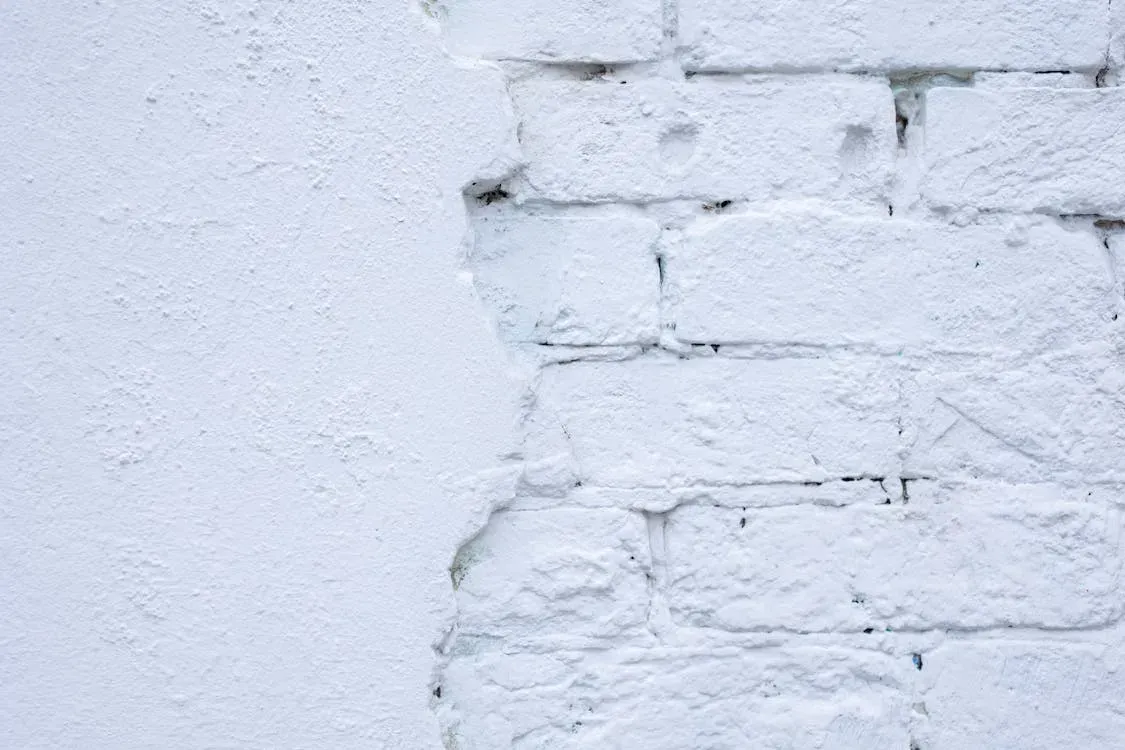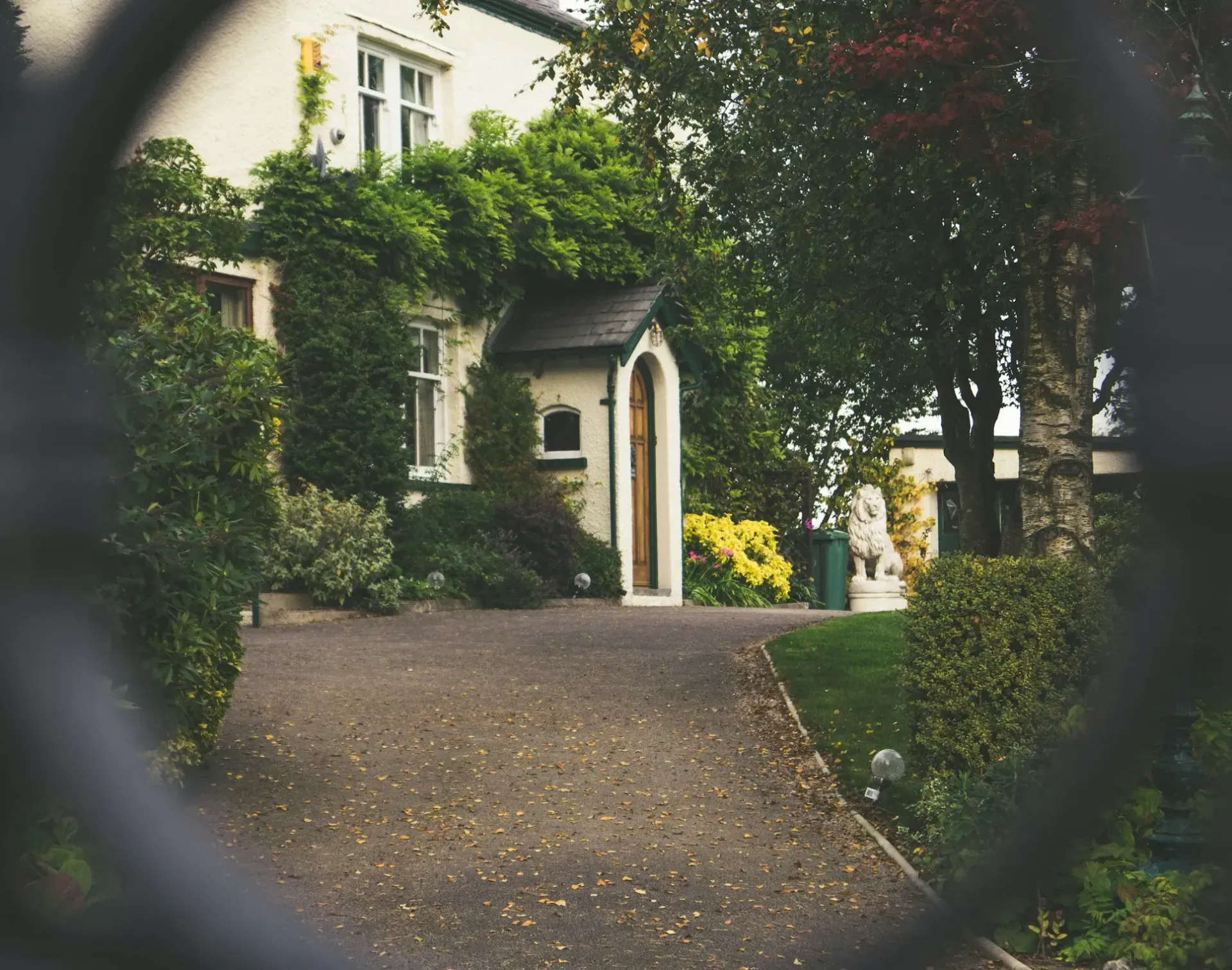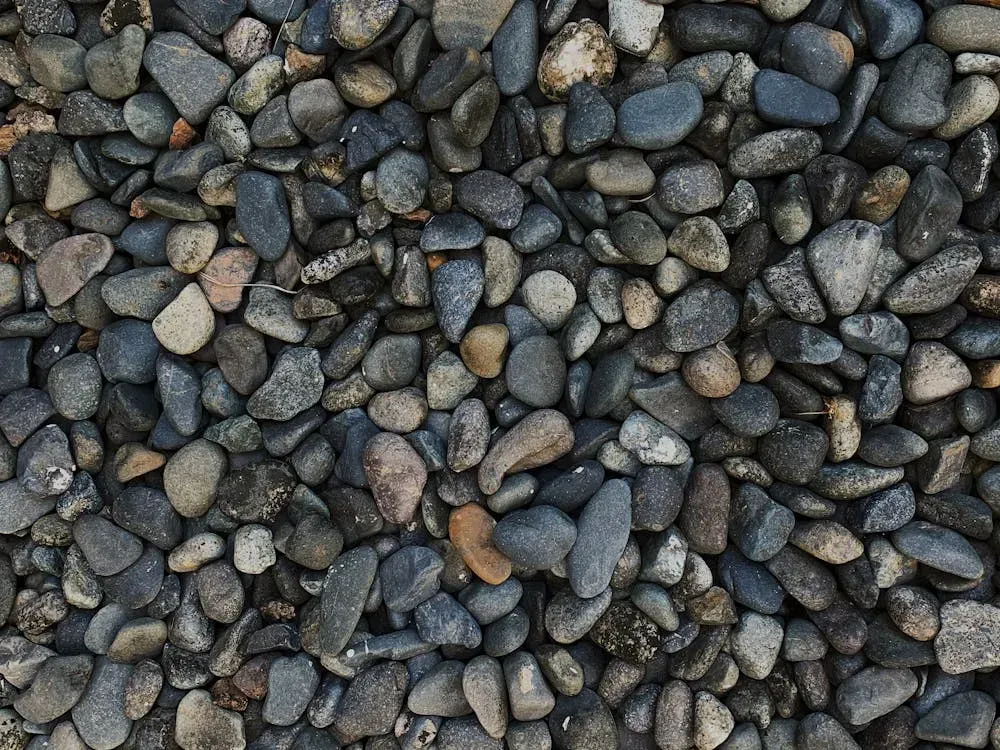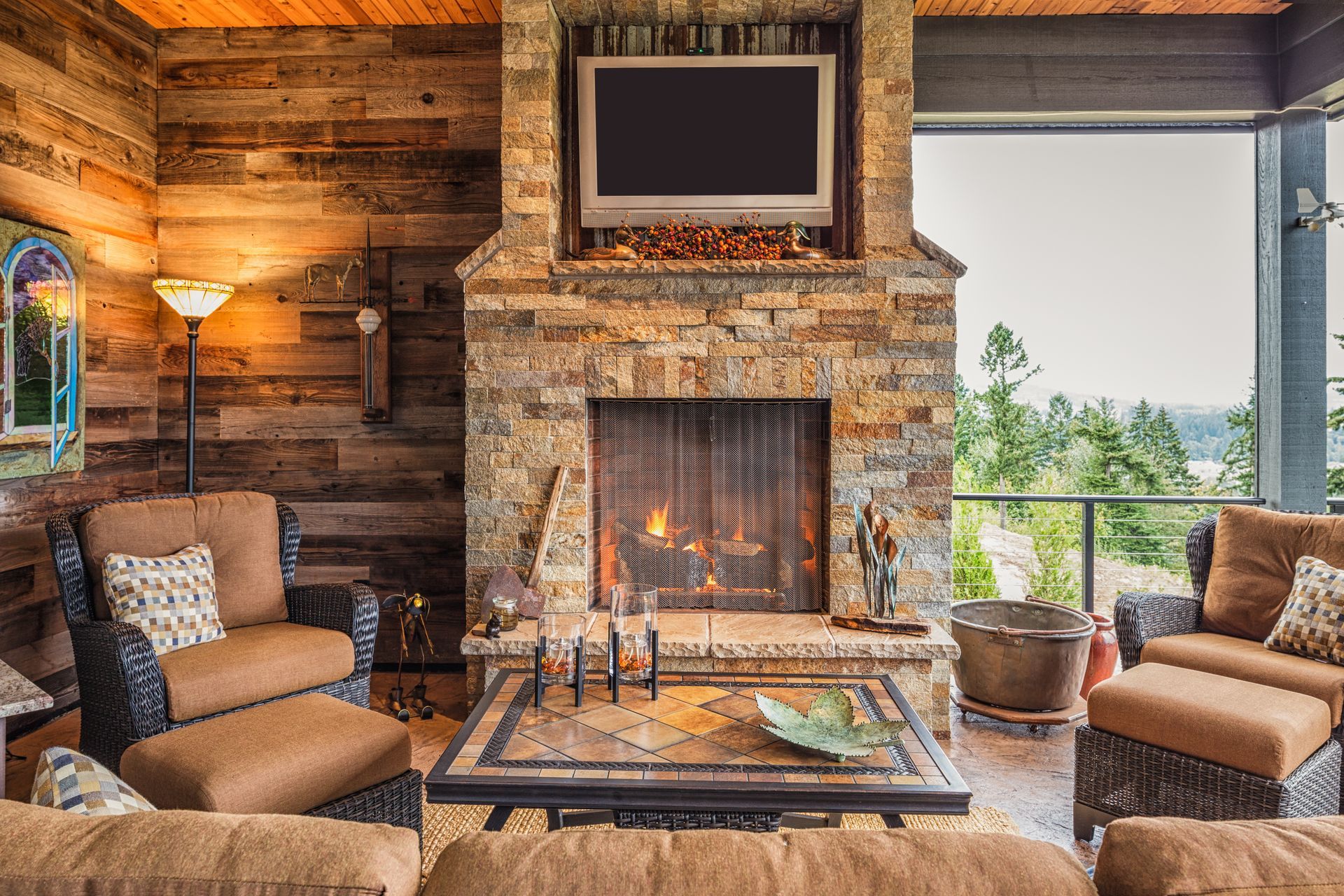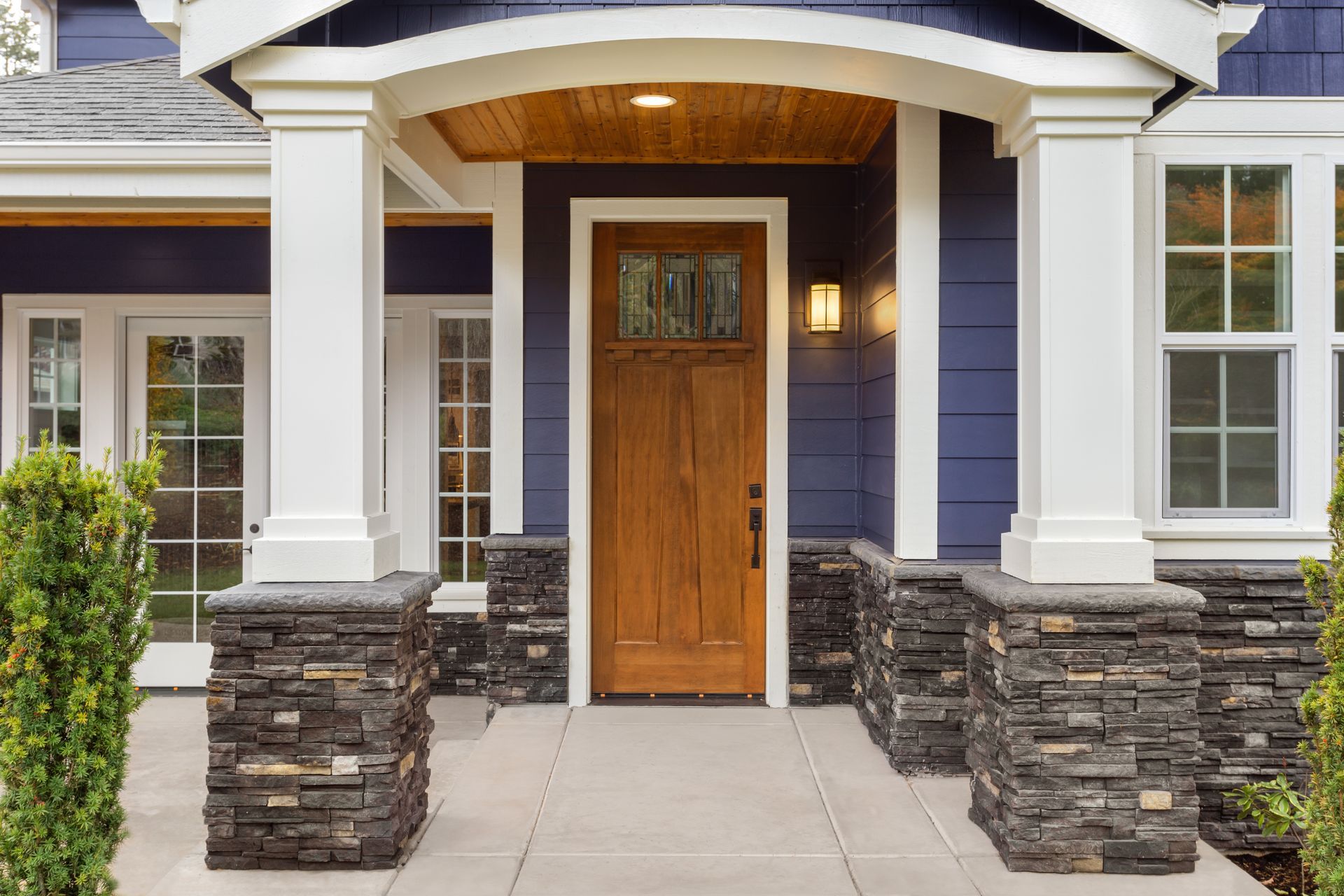Call Us (813) 732-7591
Avoid These Hardscape Maintenance Mistakes
Hardscape Maintenance Mistakes to Avoid: Keep Your Outdoor Space Pristine
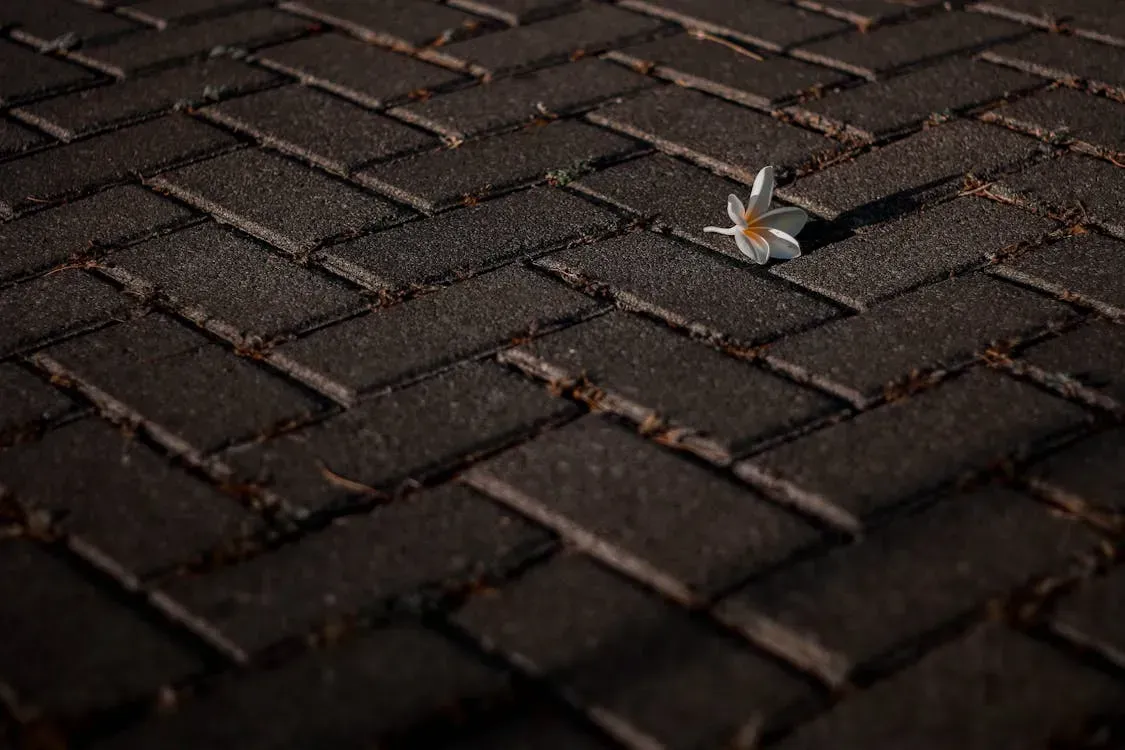
Maintaining your outdoor space isn't just about aesthetics; it's about protecting your investment.
Hardscapes, like patios, walkways, and retaining walls, add structure and beauty to your landscape.
However, improper maintenance can lead to costly repairs and diminish their appearance.
In this guide, we'll cover common hardscape maintenance mistakes and provide tips to keep your outdoor space pristine.
Mistake 1: Neglecting Sealant Application
Applying a sealant to your hardscape surfaces is important. Sealant acts as a protective barrier, shielding materials from moisture, stains, and UV damage. Neglecting this step can lead to fading, cracking, and even structural issues over time.
Why Sealant Matters
Sealants help preserve the color and integrity of your hardscape. They prevent water from seeping into porous materials like concrete and stone. Water can cause cracks and erosion during freeze-thaw cycles. Additionally, a good sealant can make cleaning easier by repelling stains from spills.
How Often to Reseal
Generally, it's recommended to reseal hardscape surfaces every 2-3 years. However, the frequency may vary depending on the material and climate. Check the manufacturer's instructions or consult with a professional to determine the best schedule for your hardscape.
Choosing the Right Sealant
Not all sealants are created equal. Some are designed for specific materials, like concrete or stone, while others offer more general protection. Make sure to select a sealant that's appropriate for your hardscape type. Look for products that provide UV protection and are resistant to water and oil stains.
Mistake 2: Using Harsh Cleaning Chemicals
Using the wrong cleaning chemicals can damage your hardscape surfaces. Harsh chemicals can strip sealants, cause discoloration, and weaken the material itself. It's important to use gentle, appropriate cleaners to keep your hardscapes looking their best.
Damage from Harsh Chemicals
Chemicals like bleach, ammonia, and acid-based cleaners can erode the surface of your hardscape. This not only diminishes its appearance but also reduces its durability. Over time, this can lead to costly repairs or replacements.
Safe Cleaning Alternatives
Opt for pH-neutral cleaners specifically designed for your hardscape material. For a homemade solution, mix mild dish soap with water. This works well for most surfaces and is gentle enough to use regularly. For tougher stains, a mixture of water and white vinegar can be effective.
Step-by-Step Cleaning Routine
- Sweep the surface to remove loose dirt and debris.
- Mix a mild cleaner with water.
- Use a soft-bristle brush to scrub the surface gently.
- Rinse thoroughly with water.
- Allow the surface to dry completely.
Mistake 3: Ignoring Weed Growth
Weeds can wreak havoc on your hardscapes. They can grow between pavers, lift stones, and cause unsightly cracks. Ignoring weed growth can lead to significant damage over time.
Impact of Weeds
Weeds can displace pavers and stones, creating uneven surfaces. They can also cause cracks in concrete and other materials, leading to structural issues. Additionally, weeds can make your hardscape look neglected and overgrown.
Prevention Strategies
Preventing weeds starts with proper installation. Use weed barriers or landscape fabric beneath your hardscape to block weed growth. Also, ensure joints are tightly packed with sand or polymeric sand to prevent weed seeds from taking root.
Regular Weed Control
Inspect your hardscapes regularly and remove weeds as soon as they appear. Use a weeding tool to remove the entire root. For persistent weeds, consider using an eco-friendly herbicide. Regular sweeping and maintenance will also help keep weeds at bay.
Mistake 4: Overlooking Drainage Issues
Proper drainage is essential for maintaining the integrity of your hardscape. Poor drainage can lead to water pooling, which can cause erosion, cracks, and even foundation issues.
Signs of Drainage Problems
Look for water pooling on the surface after rain. Check for erosion or washed-out areas around the hardscape. Damp or muddy spots nearby can also indicate drainage issues.
Improving Drainage
Ensure your hardscape is properly graded to direct water away from the surface. Installing a French drain or channel drain can help manage excess water. Consider adding gravel or other permeable materials around your hardscape to improve drainage.
Mistake 5: Allowing Debris Build-Up
Leaves, dirt, and debris can accumulate on hardscape surfaces, leading to stains and damage. Allowing debris to build up can make your outdoor space look neglected and can shorten the lifespan of your hardscape.
Impact of Debris
Organic matter like leaves and dirt can stain hardscapes, especially when wet. Over time, debris can break down and create a slippery, unsafe surface. Regular cleaning prevents these issues and keeps your hardscape looking fresh.
Regular Cleaning Tips
Sweep or blow off debris regularly, especially in the fall when leaves are abundant. Use a pressure washer for a deep clean, but be careful not to damage the surface. For stubborn stains, use a mild cleaner and a soft-bristle brush.
Mistake 6: Failing to Repair Cracks and Chips Promptly
Small cracks and chips can turn into major problems if not addressed quickly. Ignoring these issues can lead to extensive damage that requires costly repairs.
Progression of Damage
Cracks allow water to seep into the material, leading to erosion and further cracking. In colder climates, freeze-thaw cycles can exacerbate this damage. Small chips can become larger, more noticeable blemishes over time.
Repairing Common Hardscape Damages
For minor cracks, use a concrete or stone filler to seal them. For larger cracks or chips, consider using a patching compound. If the damage is extensive, it might be best to consult a professional. Regular inspections can help catch these issues early.
Mistake 7: Using Incorrect De-Icing Products
Winter weather can be harsh on hardscapes. Using the wrong de-icing products can cause significant damage to the surfaces.
Impact of Wrong De-Icers
Some de-icing products contain chemicals that can corrode concrete and stone. They can also damage sealants, leading to increased water absorption and cracks.
Safe Alternatives
Use de-icers that are safe for concrete and stone. Products containing calcium chloride are usually less damaging than those with sodium chloride. Sand or kitty litter can provide traction without causing harm. Always read the product labels to ensure they're suitable for your hardscape.
Winter Maintenance Tips
Clear snow regularly to prevent ice buildup. Avoid using metal shovels, as they can scratch and damage the surface. Apply de-icer sparingly and only when necessary.
Proper Maintenance Routines for Different Hardscape Materials
Different materials require different maintenance approaches. Here’s a quick guide to keeping your hardscapes in top shape.
Concrete
- Seal every 2-3 years.
- Use pH-neutral cleaners.
- Repair cracks promptly.
Pavers
- Reapply joint sand regularly.
- Seal every 2-3 years.
- Sweep and clean regularly.
Stone
- Use a stone-specific sealer.
- Avoid harsh chemicals.
- Remove stains with mild soap and water.
Brick
- Inspect for loose or damaged bricks.
- Use a brick sealer.
- Clean with gentle solutions.
Seasonal Maintenance
- Spring: Inspect and clean after winter.
- Summer: Regular sweeping and spot cleaning.
- Fall: Remove leaves and debris.
- Winter: Use safe de-icers and clear snow.
Conclusion
Maintaining your hardscapes properly ensures they remain beautiful and functional for years. By avoiding common mistakes like neglecting sealant application, using harsh chemicals, and ignoring drainage issues, you can protect your investment and keep your outdoor space pristine. Regular maintenance tailored to your specific materials is key to long-lasting hardscapes.
Call to Action
For top-quality hardscaping and masonry services, trust Maverick Masonry. We offer a wide range of services to meet your needs:
Masonry Services
- Masonry Services
- Concrete Mailboxes
- Brick Restoration
- Brick Sealing
- Block Installation
- Masonry Construction
- Concrete Construction
- Masonry Restoration
- Concrete Repair
- Masonry Repair
- Stucco Services
- Stucco Repair
Hardscaping Services
- Paver Sealing and Restorations
- Brick Pavers
- Retaining Walls
- Hardscapes
- Outdoor Fire Pits
- Outdoor Kitchens
We proudly serve Tampa, Lakeland, and Plant City, FL. Contact Maverick Masonry today to ensure your hardscapes and masonry projects are in expert hands.
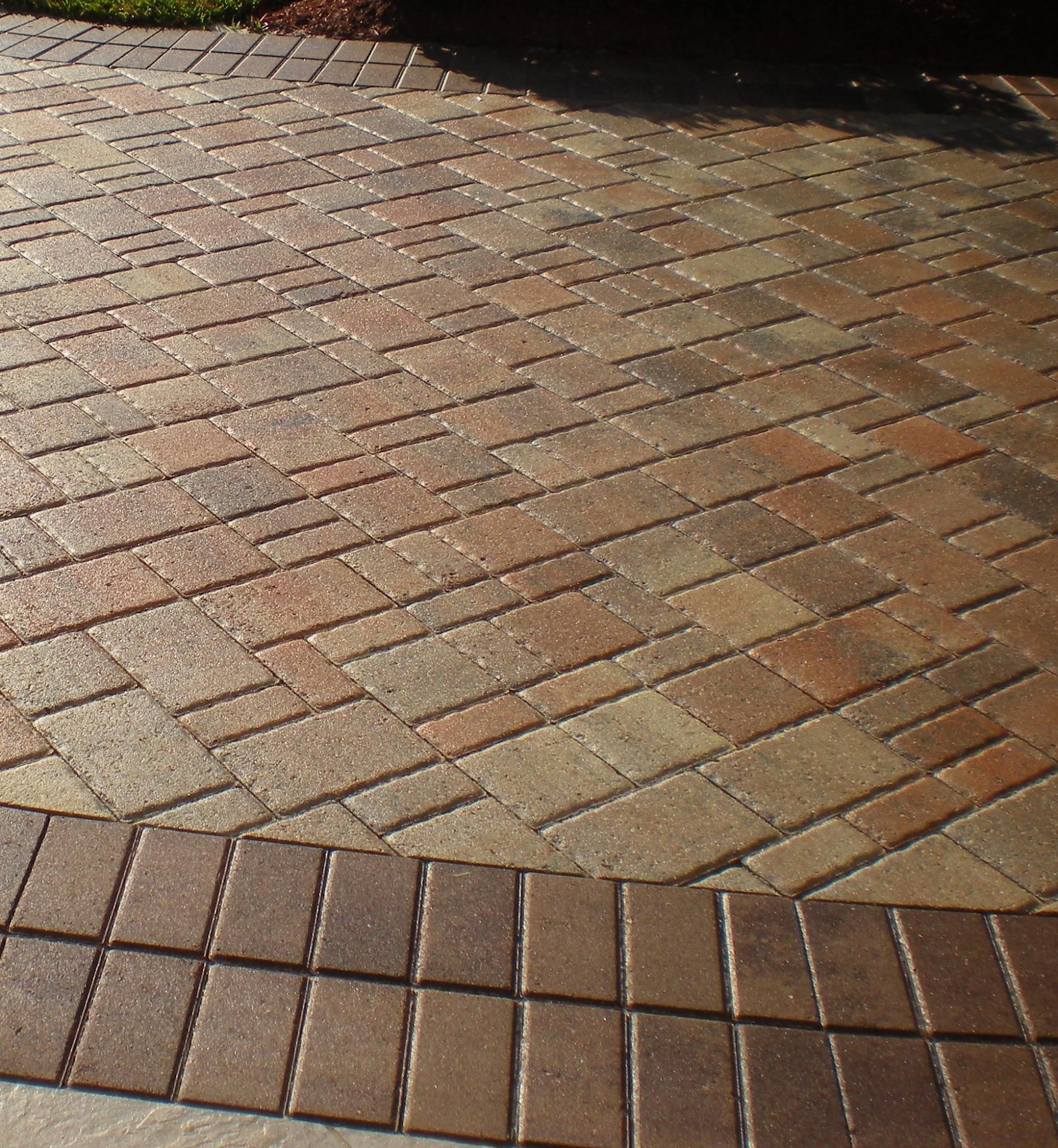
Our Services
Tips & Articles
Contact Information
Phone:
Address:
Plant City, FL 33565

